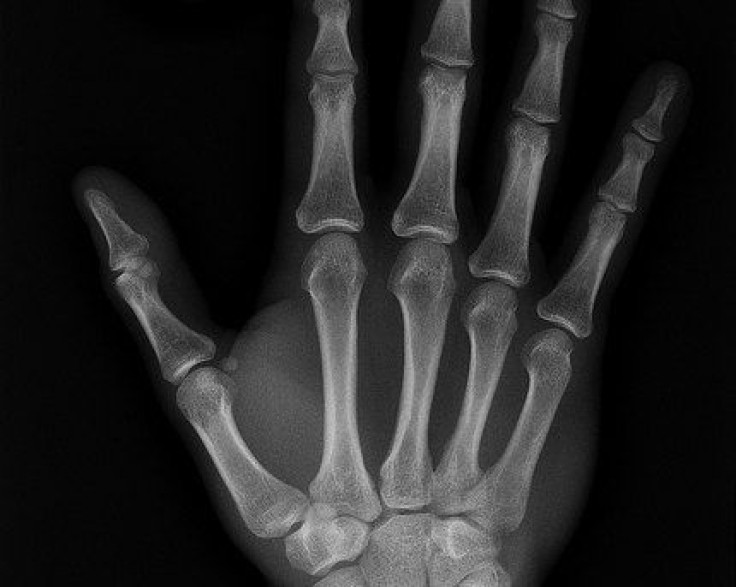Bone Paste Offers Superior Healing Abilities

Repairing bones after accidents or cancer usually requires bone from another place in the body or synthetic material to be put where the damage is.
"The repair of bone defects presents a real challenge for surgeons," Dr. Epple, head researcher on the study said. "When possible they collect the patient's own bone from various locations, such as the iliac crest, and implant it where needed to fill defects."
The researcher explained that since there is only a limited amount of surplus bone material in the body, synthetic materials are now being used.
But the synthetic materials used by doctors can lead to slow bone growth and healing, increase the risk of infection and is not as strong as real bone.
"Calcium phosphate is a natural choice here since it is an inorganic mineral found in bones in the form of nanocrystals. It is a material familiar to the body, which makes it a suitable carrier." He added that the calcium and phosphate ions lead to improved new bone formation.
Dr. Epple's team of researchers has created a paste that uses nanocrystals of calcium phosphate with DNA molecules in it.
Experiments in the lab have shown that when the paste is injected into the site of bone damage, the cells take up the calcium phosphate and the DNA causes proteins important in bone formation (BMP-7) and blood vessel formation (VEGF-A). By encouraging the building of bone and nourishing it with new blood vessels the researchers showed that it is possible to repair bone better.
The next step for the researchers is to take the technology and test it on actual animals.
The research published in the journal RSC Advances here.



























